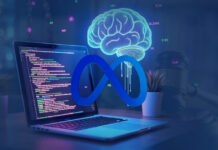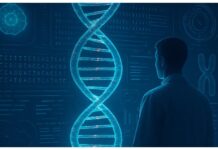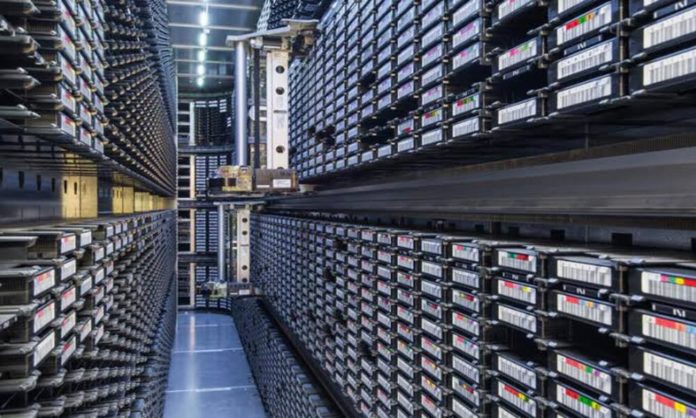Science is changing the way how we store data for the upcoming years. When the data isn’t entrusted to cloud servers, it’s left on disks and drives and cards and an array of devices that aren’t designed to last longer than a decade. However, science is shaping the future of data by using DNA as a data storage mechanism.
The technology works with the challenge of protecting data against the elements over periods stretching out millions of years.
DNA And Data
While researches are being done in wake of efforts to sequence the human genome, synthesize DNA and develop gene therapies. Likewise, research into how we could store digital data inside strands of DNA has exploded over the past decade.

Scientists have already encoded films, books, and computer operating systems into DNA. Netflix has even used it to store an episode of its 2020 thriller series Biohackers.
This specific kind of DNA does not store the code from a human genome. Instead, it stores a digital representation of a museum. “That will last easily tens of years, maybe hundreds,” says Zielinski a senior scientist in human genomics at the French National Institute of Health and Medical Research.
“We’re running out of hardware. I think that industry can’t keep up with generating enough hard disks and servers to store all this data on.”
Read More: Are Power Banks Bad For Your Phone? Here’s What You Need To Know
Long-Term Data Storage
Marke Bathe, a professor of biological engineering at Massachusetts Institute of Technology, co-founded the start-up Cache DNA. The company allows access to biomolecules easily and safely. “The global threats facing humanity compel us to preserve both human-made information, such as art and science and the DNA of all living things on the planet, says Bathe.

“That way, if life were to either be recreated here or otherwise transferred or imported from other planets and so forth, there would be records of what we did, and what we had.”
While storing a vast amount of data comes with its own set of challenges, to make it last longer, all that data must be actively maintained by regularly transferring it from one medium to another. Methods like DNA could offer not just longevity but certainty.
DNA is a natural choice here, says Bathe. “Nature has used DNA for many millennia to store information in the form of genomes,” he says. “It’s been around [for billions of years], it’s something that you can kind of bank on. As long as that’s the fundamental information storage medium of a species, like humans, then it’s going to be something that we know what to do with.”
How Data Is Converted Into DNA?
The digital data is converted into DNA while designing it in a form of a DNA alphabet. DNA is made up of four molecules known as nucleotides or bases: adenine (A), cytosine (C), guanine (G), and thymine (T), joined together in different sequences in a long string. The digital information is usually turned into DNA code by converting the 0s and 1s into these four letters, and then synthesising the DNA to match.
“You can use A to represent, for example, 00; T to represent 01; G to represent 10 and C, 11,” says Milenkovic. “Then you can take any digital content that exists classically on a disk or a tape or a flash, and convert it into a four-letter alphabet.”
Read More: Twitter Blue: How To Sign-Up, Features & More
Stay tuned to Brandsynario for the latest news and updates.





































